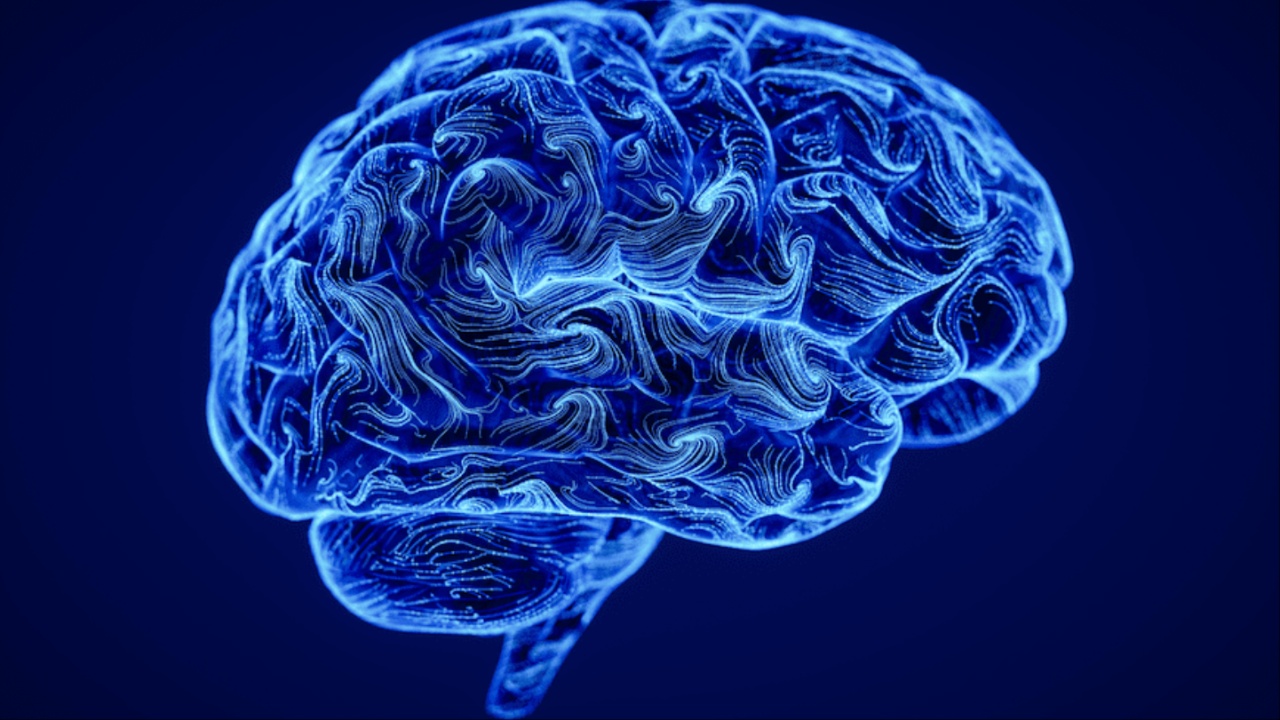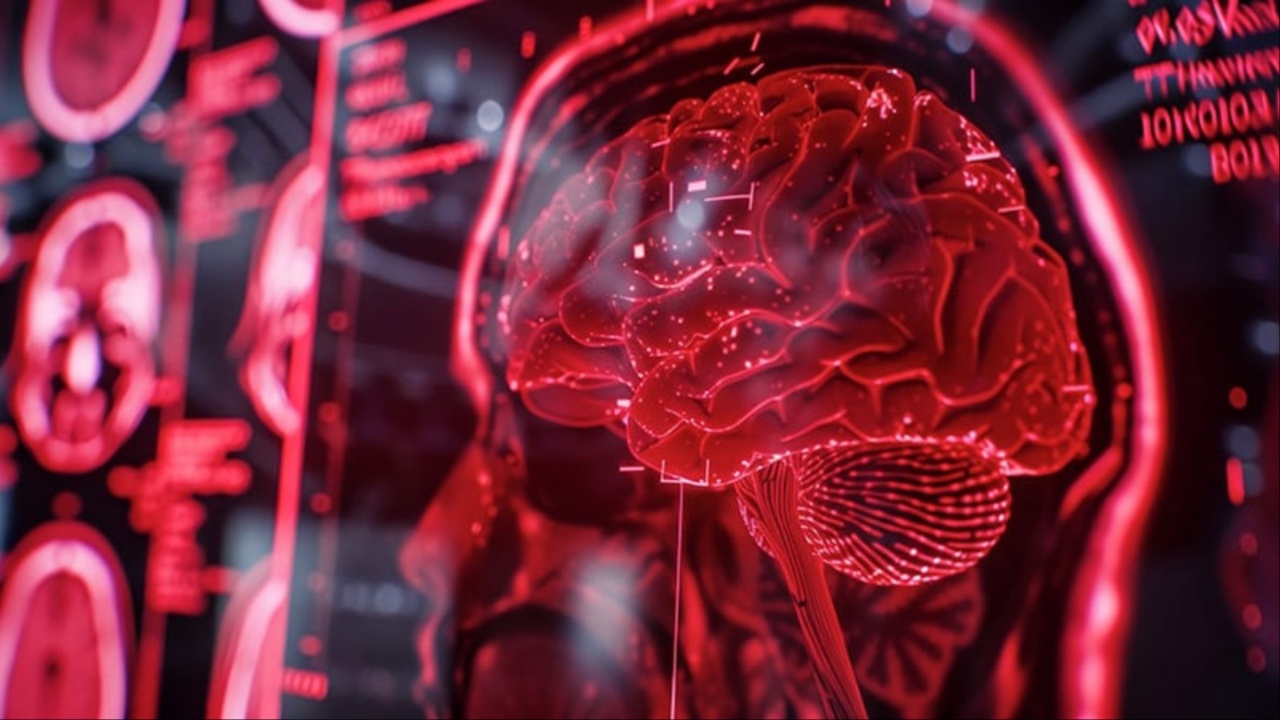Recent research has revealed significant insights into a molecule known as bis(monoacylglycerol)phosphate (BMP), which plays a crucial role in regulating lipid levels in the brain. This breakthrough could potentially lead to advancements in treating neurodegenerative diseases such as frontotemporal dementia (FTD) and Alzheimer’s disease. The study, conducted by researchers at the Sloan Kettering Institute, is detailed in the journal *Cell* and addresses a longstanding mystery about the stability and production of BMP within cells.
BMP is a phospholipid found in lysosomes, which function as the cell’s waste disposal system. Despite its importance in lipid degradation, BMP’s stability has puzzled scientists for over 50 years. According to Tobias Walther, an investigator at the Howard Hughes Medical Institute, BMP acts as a co-factor for lipid degradation while maintaining a unique chemical structure that contributes to its resilience. Previous research highlighted a notable absence of BMP in the brains of FTD patients, prompting further investigation into its production mechanisms.

The study identified two critical enzymes, phospholipases D3 and D4 (PLD3 and PLD4), that are essential for synthesizing BMP in both laboratory settings and living organisms. These enzymes facilitate a unique process called transphosphatidylation, where a glycerol molecule is exchanged between different lipids, resulting in the distinctive S configuration of BMP. This contrasts with most lipids, which are predominantly in the R configuration and underscores the complexity of BMP synthesis.
As the researchers delved deeper, they discovered that mutations in PLD3 linked to spinocerebellar ataxia and Alzheimer’s disease corresponded with decreased BMP levels. This suggests that the production of BMP may be critical for maintaining healthy lipid profiles in the brain. The findings indicate a new role for PLD3 and PLD4, previously thought to primarily break down nucleic acids, highlighting the multifaceted nature of these enzymes and their importance in lipid metabolism.
While the current focus of the research is on understanding BMP’s role in neurodegenerative diseases, the researchers are optimistic that these insights could lead to novel therapeutic strategies in the future. Walther emphasizes the value of basic research, noting the need for persistent exploration of the underlying mechanisms governing lipid chemistry and cell biology. This study opens the door to further investigation into BMP’s functions and its potential implications for treating conditions like FTD and Alzheimer’s disease.
